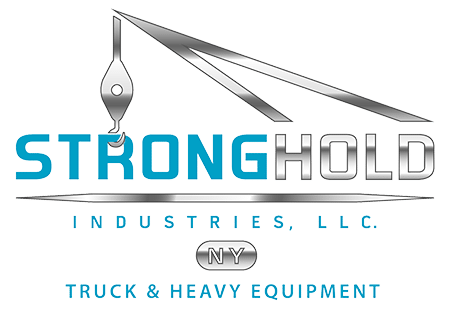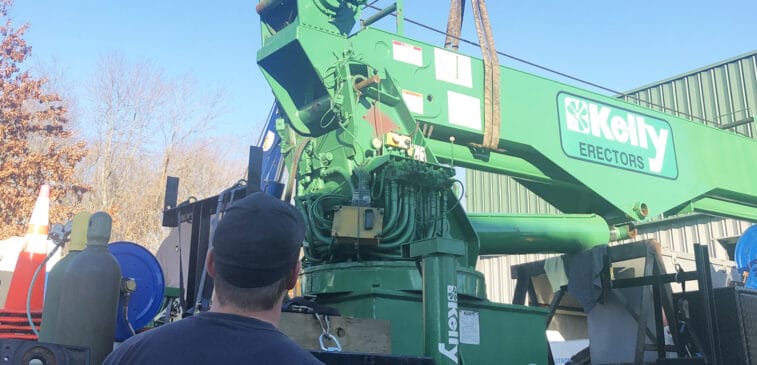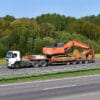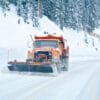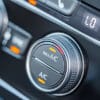5 Important Tips for Crane Maintenance
5 Important Tips For Crane Maintenance
Practicing regular crane maintenance is crucial for creating a safe construction site. As a heavy piece of equipment that rises high into the sky, crane accidents can be costly and deadly events. Maintaining cranes properly and often is the best way to prevent these accidents.
Capable of reaching heights of over 300 feet and lifting upwards of thousands of tons depending on the type, cranes perform a variety of tasks. In addition, cranes feature many tools such as ropes, chains, hooks, and wires to lift materials and transport them from place to place. Lifting this kind of weight and stretching to such heights makes the crane an impressive machine. It’s a technological wonder that traces its roots all the way back to ancient times. But it is also a dangerous one if not treated correctly.
Types of Mobile Cranes
Like other pieces of technology, cranes have been adapted for use in many different ways over time, resulting in the creation of several different types. Each type of crane has similar maintenance needs, but there are some differences as well.
The two main types of cranes are mobile cranes and fixed cranes. Mobile cranes are vehicle-mounted and can be moved anywhere.
Truck-mounted
A truck-mounted crane is basically a boom truck similar to those used by electric companies and tree trimmers. It is not only important to maintain the crane, but also the vehicle.
Rough terrain
Rough terrain cranes roll around on four rubber tires that support a strong undercarriage, both of which should be subject to regular inspections and maintenance
Crawler
A crawler crane relies on continuous tracks such as those featured on tanks and excavators to get around. Tracks can seize up or become unaligned if not properly cleaned or maintained.
Floating
Floating cranes get around via boat, which has special maintenance requirements of their own since a leaky boat will eventually sink and take the crane with it.
Other kinds of mobile cranes can be found on helicopters, trains, and other vehicles that all need special maintenance to operate properly. Without a properly functioning vehicle, the cranes are useless.
Types of Fixed Cranes
Ring
A ring-shaped track supports this heavy-duty crane, which is one of the heaviest and largest cranes ever built.
Hammerhead
The hammerhead crane features a single horizontal arm on top of a steel structure forming the shape of an upside-down L that is quite recognizable.
Telescopic
Telescopic cranes unfold like a retractable telescope, with several tubes fitting inside progressively larger tubes towards the base. This allows it to function as a tower crane while offering more mobility.
Tower
Perhaps the most iconic type of crane is the tower crane. Mounted in a concrete slab, the tower crane often reaches heights of 300 feet or more. Seen in the construction of skyscrapers, tower cranes have the most risk attached to them since they operate in more populated areas. This makes regular maintenance an absolute must.
In fact, tower cranes are often equipped with an anti-collision system to avoid collisions with structures around them. Failure to maintain this system puts operators, crewmembers, and the public at risk and can cause serious property damage.
5 Important Tips for Crane Maintenance
Each type of crane has different maintenance requirements, but there are basic maintenance requirements that apply to all of them. These are the five most common things to check.
Alignment
Checking on the alignment of a crane is crucial because they can become misaligned and lean to one side over time. Detecting a misalignment early and getting it repaired prevents a potential future disaster that can cost lives and money.
Chains and Connections
Inspecting the connections that make up the hoist is important because repeated usage can wear them down. Weak connections can result in a failure that would damage the crane and the load it was hauling, not to mention risking death or injury to people on the ground.
Hook
Since the crane hook literally connects to the load, it is particularly vulnerable to cracks and bends that could make it too weak to operate properly. Be sure to always inspect the hook. Never assume that it’s fine. A weak hook can potentially break, resulting in the load crashing to the ground below.
Hydraulic Systems
The hydraulic cylinders can be compromised by contaminated oil that causes the system to seize up. They are also vulnerable to regular wear and tear since they are moving parts. Be sure to clean the cylinders and change the fluid regularly and inspect for wear that could require repairs or replacement.
Wheels and Tracks
Tires can pop or go flat. Tracks can seize up or become misaligned. Therefore, it’s important to inspect both for wear and tear as well as for rocks and other debris that pose a risk to the performance of the machine.
Additional Crane Maintenance and Safety Tips
Maintaining a crane isn’t limited to just five tips. Here are more ways to keep your crane operating properly for years to come.
- Check to make sure safety and emergency switches work properly.
- Lubricate moving parts.
- Check the accuracy of load moment indicators.
- Be sure to inspect brakes, gears, shafts, pins, and other structural components.
- Keep up-to-date inspection and part replacement records.
- Make sure operators are thoroughly trained to prevent human error.
Where to go for crane maintenance and repairs
Stronghold Trucking and Equipment in Westchester County, NY offers the crane maintenance and repairs you need. We can fabricate new parts in our machine and fabrication shops and our skilled mechanics can install them to get your crane back in operation as quickly as possible. We built our reputation on crane maintenance and repair, and we offer the following services:
- ANSI crane and aerial lift inspections
- Sales and upfitting
- Diagnostics and repairs
- PM service
- Piston, rod, and cylinder manufacturing and repair
- Hose and filter replacements
- Hydraulic parts, fluid, and systems repair
- Emergency road service
- Outrigger systems and controls
- Toolboxes and dunnage
- Lighting and wiring
- Mobile truck and equipment maintenance and repair
If you or your business are in need of crane maintenance and repair, call us today at 914-235-8220 or visit our website today. Our team is here for you.
